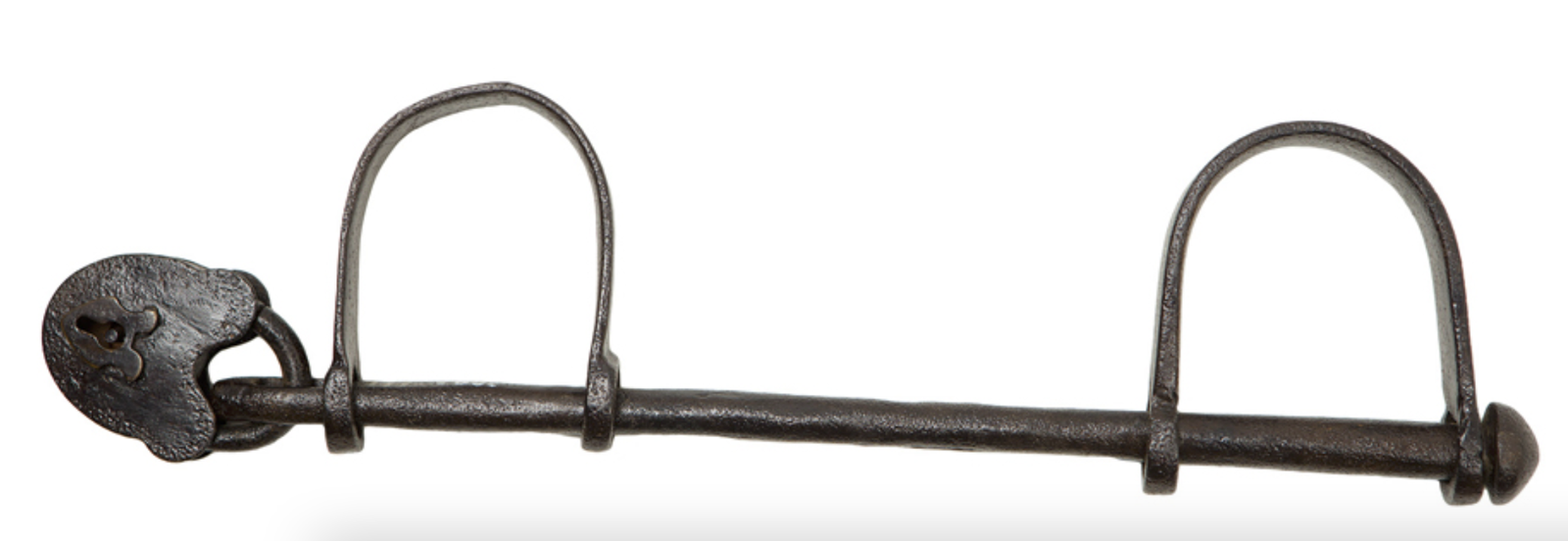The Prison Gate Museum opened its doors in 1882. Ever since, it has been home to the biggest collection of instruments of punishment and torture in the Netherlands. The museum uses the old historic structure and the extensive collection of judicial instruments to show the views society held on crime and punishment until the nineteenth century.
The national collection of instruments of correction, dating from the sixteenth century to the first half of the nineteenth century, is an important aspect of the presentation on crime and punishment during the time of the Republic and is closely tied to the building. The branding irons and flogging benches show the physicality of the criminal law system under the Ancien Régime, while the gallows, the rack, and the executioner’s swords remind us of the days when the death penalty still existed in the Netherlands. The cell block of the Prison Gate houses the Torture Chamber; this is the only place in the Prison Gate where the executioner applied torture to force a suspect to make a confession. For that reason, we still show instruments of torture (rack, thumb screws, shin clamps and stretching pole) to the public in this room.
